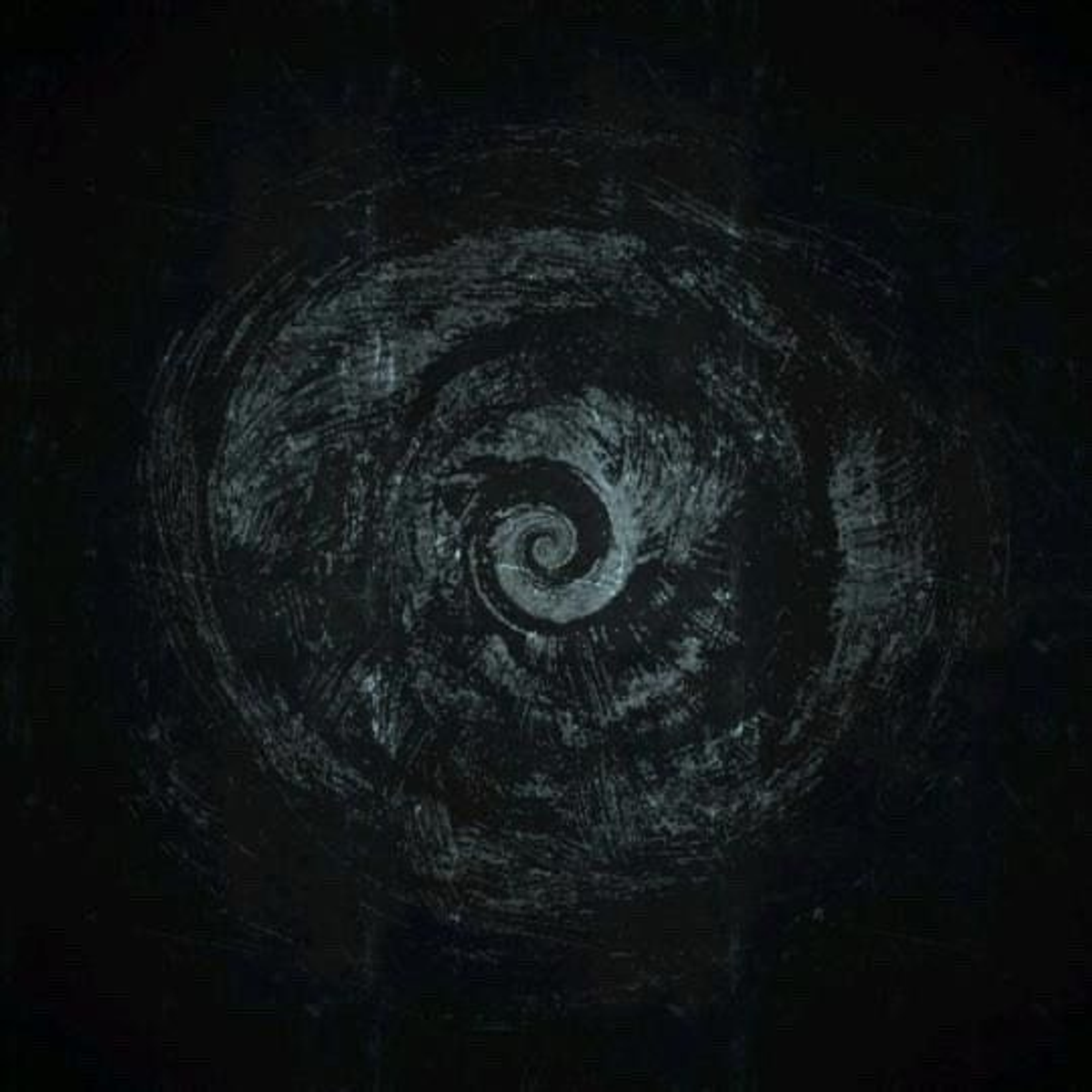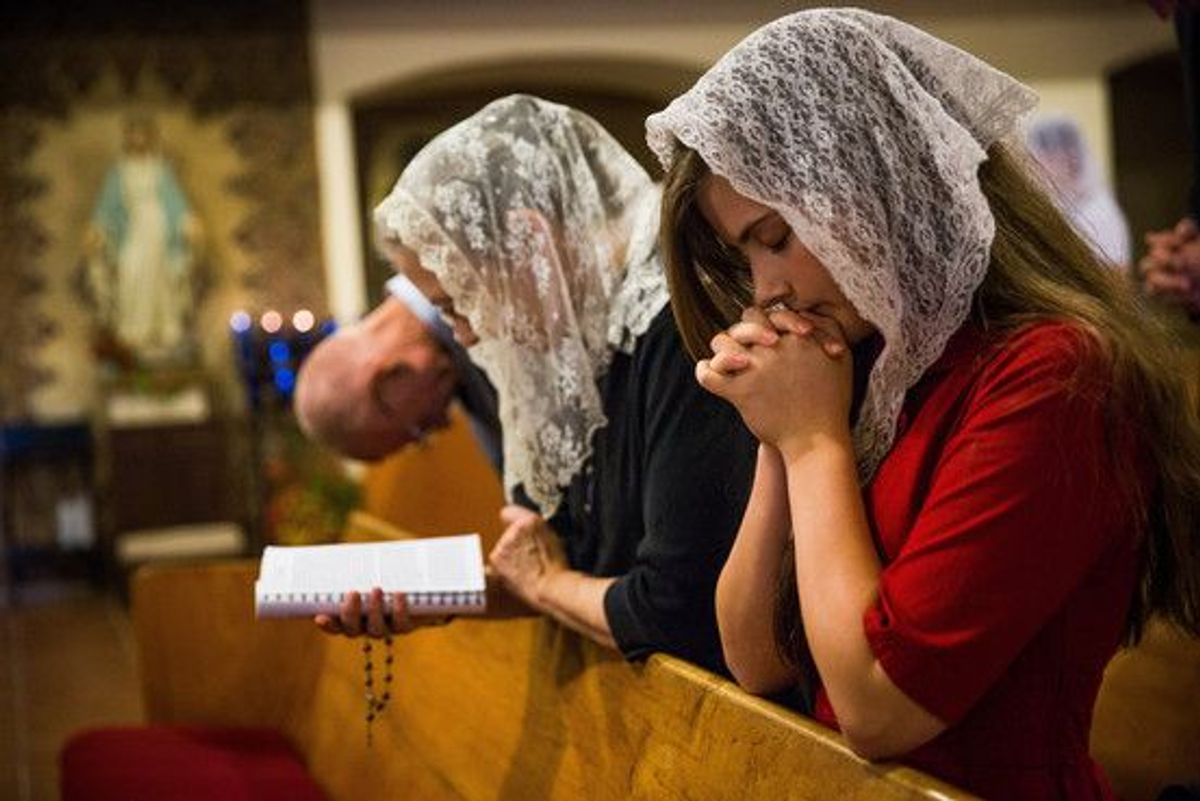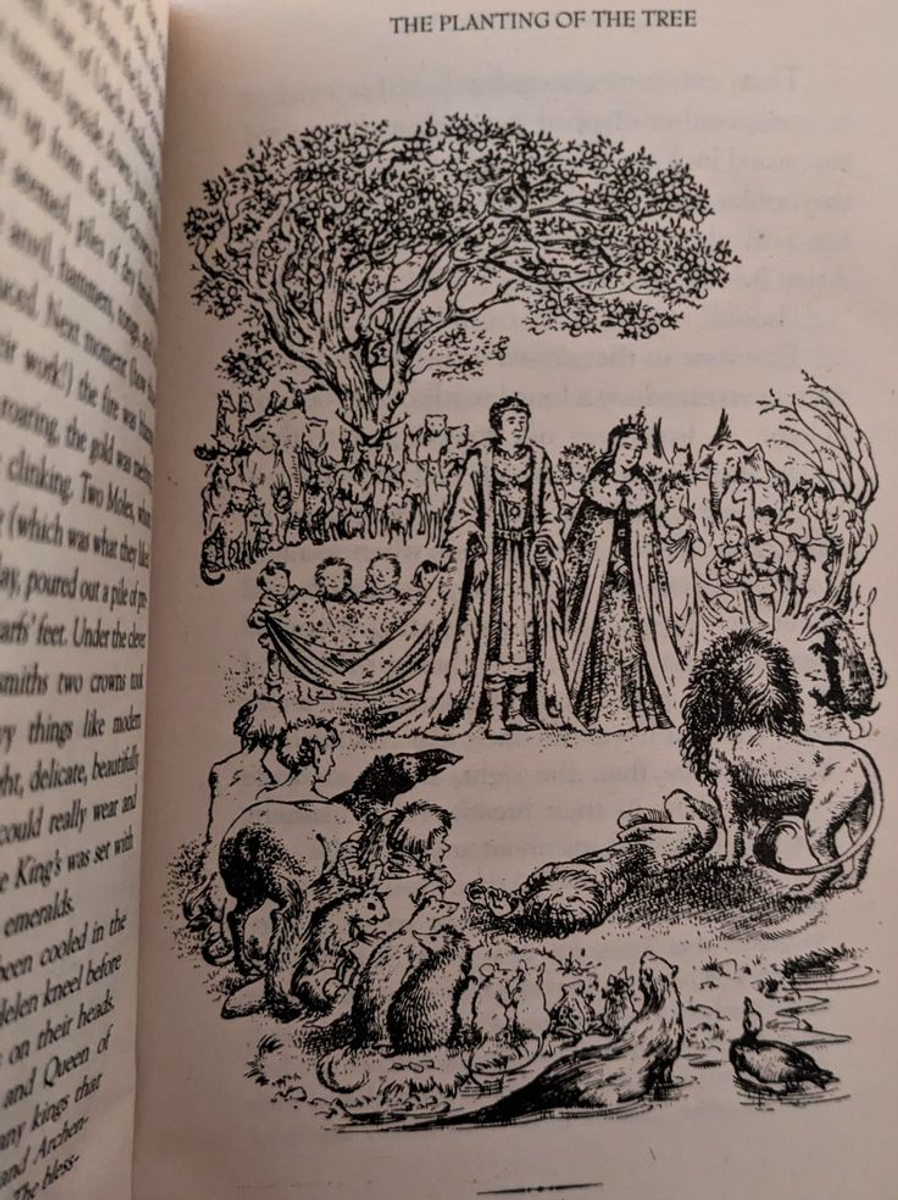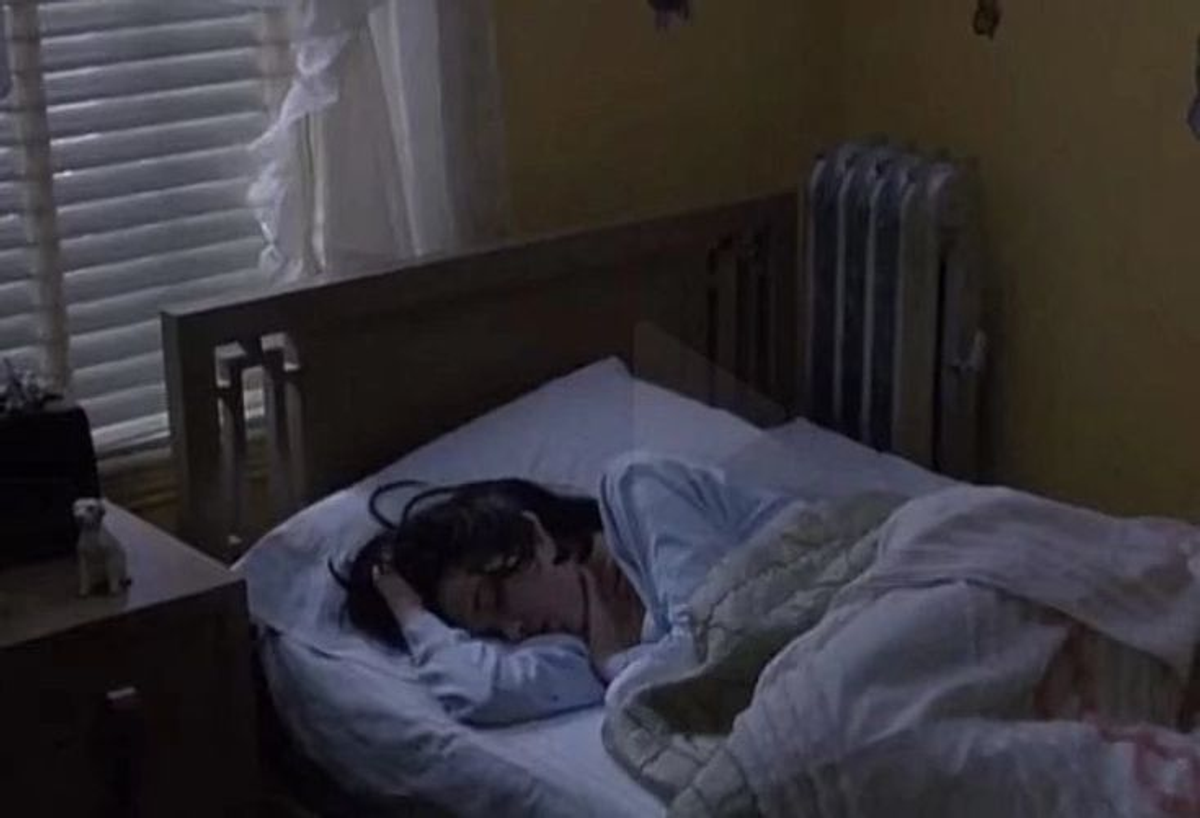Student Edition

What is the ‘Student Edition’ of The Net?
Welcome readers to the first edition of St Luke’s Student Edition. My name is Aisha P and I am a Year 9 student with a passion for journalism, reading and writing. The Student Edition is the name for the series of student-written article publications that you will see appearing in St Luke’s digital newsletter - The Net. As a frequent reader of The Net, I had always wanted an opportunity to write or publish my writing for the school community to read, and considered that there might be other students in our community who would want the same and so I began the initiative of the Student Edition.
With the help of esteemed English teachers at our school, within less than a week we received 20 expressions of interest and met up with them all in the Theatrette to discuss ideas. Despite some challenges, we now present to you the first student-written edition of The Net. Our writers have worked very hard on this and we hope that you enjoy our pieces just as much as we enjoyed putting them together!
What’s Year 7 Thinking? Episode I: The Daunting Assessments
Written by Zunairah J (Year 7)
With Term 1 now behind them, Year 7 students have completed their first round of assessments. For many, this was their first time seeing a formal assessment task. The experience was met with a variety of emotions—excitement, worry, frustration, and more. I realised that a lot of my peers too, were feeling these same emotions, the most common one being stress and worries about the tests and exams.
Reflecting on my own first assignment, I too remember feeling a mix of emotions, uncertain about what to expect. This led me to wonder: What were the perspectives of Year 7 students on assignments? What strategies helped them navigate this new challenge? What could have gone better?
To find out this question for myself, I set out to speak with different Year 7 students. With a pen in one hand and a notebook in the other, I moved from student to student, gathering their views and experiences. Their responses were all a different range of thoughts—some practical, some reflective—all valuable lessons as they continue their school journey.
Q&A with students
So Tammy (Year 7 ), how was your experience with your first batch of assessment?
“My experience with my first few assessments was very chaotic. There was a lot of stress under me, since I had a lot due in the same week. For example nearly half of my assessments were drawn in the same week, making me have to spend so much time trying to find out where to submit it. Some of the assignments were a bit confusing to understand, even though the teachers explained it a million times it was still a bit confusing. This led me to even more stress.”- Tammy X
Tanvika (Year 7) What tip/technique helped you overcome your assessments?
“A tip that I used was to start early, I started early on my assessments so I could have a head start and finish them with more time to get teacher feedback. I also looked at the rubric so I could achieve good grades, and know where my aim and goal is. I also checked my assignments regularly, and checked in anything that needed fixing,”- Tanvika
Q&A with Mr Near (Math Teacher):
- How do you think the year 7’s went based on their first ever assessment?
“I found that the year 7’s were solid, because they were able to understand how serious assignments were. They understood the importance and worked to their hardest.”- Mr Near
- Do you think they did well, or do you think they need some improvements? Explain why.
“They did really well, but I think they need to improve some things, for example bringing equipment and pencils, showing their working out, writing their name on the test paper (yes it happens! 😂) and being prepared for the tests.”- Mr Near
- What are some tips to give to future and present year 7’s when dealing with assignments?
“A tip that I would give to future and present year 7’s is probably making them prepare for their test, and practise sample questions so that they can improve their grade.”- Mr Near
In the end:
After speaking with many students and teachers, I realized that while each Year 7 student faced unique challenges, there were common themes—stress from multiple deadlines, confusion over submission processes, and the pressure of doing well. Tammy found the workload overwhelming and hard to keep up with, Chloe experienced frustration due to a submission error, and Tanvika managed her assessments effectively by starting early and using the rubric to stay on track.
Despite these challenges, one thing is clear: Year 7 students have grown tremendously. They’ve tackled obstacles, learned valuable lessons, and adapted to the demands of assessments. While assignments may not always be enjoyable, they play a crucial role in helping students develop skills like time management, organization, and resilience.
Looking ahead, with better submission guidance, clearer instructions, and improved preparation strategies, the assessment experience can become smoother and less stressful. No matter the difficulties, Year 7 students have shown determination and the ability to overcome challenges. I have no doubt that they will continue to achieve great things in the future!
Psychology of Your Shadow Self.
A psychoanalysed article written by Sukhmani K (Year 9)
…Is it the underlying darkness…or is it just deep secrets? Naturally, that's what you would assume about your shadow self, but is it true? Carl Jung, a Swiss psychiatrist and psychotherapist, says, “Everyone has a shadow self, a part of us that we suppress or deny. These aren’t always bad traits.” The qualities you may have but were taught to hide or tone down such as ambition and sensuality, or emotions that you may have been told from a young age were “wrong” like jealousy. However, the truth is that what you could be trying to push away isn’t going to just magically disappear. These traits are present whether you know or not, often expressed subconsciously in subtle ways through our reactions or dreams.
Jung believed that your shadow should be integrated for the ability of achieving wholeness and individuation. That, by acknowledging and embracing our shadow, we can go beyond our limited conscious self and live up to our potential. When watching a film, do you ever feel that a certain villain resonates with you or you understand the villain while others don’t? It could appear as simply a character but in terms of your shadow self, you don’t exactly want to be a villain. It is the traits of the character that lure you towards understanding yourself better. I mean sure, I would want to be a villain, but that's not the point. The point is that the hidden traits in the villain’s actions or personality, somehow just feel right, like something you could agree with, which is entirely due to the fact that you don’t recognise the quality but it is subconsciously inherent. Once you figure this out, realising what your shadow self is and how you could openly accept, would lead you to the life that you had mistakenly closed the doors for. So please, watch movies or shows, not just for the sake of binging or wasting time but to learn yourself. Learn who you are, learn to recognise your shadow self in the darkness, because the answer is right there.
So…now is it the underlying darkness…or is it just deep secrets?
Eislyn: A Piece Based off The “Lotus Eater”
Written by Anonymous
“Lotus Eater”
(/ˈlōdəsˌēdər, noun) A word with Greek mythology origins, a lotus-eater is characterised as one who lives their life in a constant state of dream and fantasy, they are completely indifferent to the busy world and its problems.
Eislyn. I never met her. But somehow I knew that if I ever saw her in a crowd of bustling noise, I’d recognise her blue eyes. The blue eyes that appeared in my mind, everytime the blanket covered my head. She’d say ‘To dream is to escape your life’, and her gold locks would sway as she walked off. Eislyn. She never told me her name. I named her myself. My briefcase is getting too heavy, so I paused. Carousel Station didn’t. It went round, shoulders bumping into me, all nothing but a blur. That’s who Eislyn wasn’t. She was clear as crystal, I knew exactly who she was. Somehow I had never seen her. Sonder hits me as a high heel stubs my toe, an overwhelming shot of pain pierces through me as the wind followed by the departure of a train rustles my hair. Eislyn holds my hand. She knows how scared I am of loud noises.
“Ma’am, your train has left”. Ma’am your train has left…Eislyn hasn’t. Her silky skin intertwines itself into my coarse knuckles. I look down but she’s slipped away again. Eislyn. She’ll come back. On June 18th. Tomorrow. As she came back, today, on June 18th. She always rides the carousel back. My briefcase is now on the floor, my wrists desperately need a stretch. Another blare of an incoming train. The same one that left three hours ago. That must be Eislyn. I stand up on the bench behind me. Eislyn is quite short, I do hope she’ll see me. Waving my hands, I feel almost overjoyous! Eislyn was coming back! The train halts. Eislyn told me she’d be bringing her friend today. Brown eyes, yellow hair, out her friend steps. And in her hands is Eislyn. I loved blonde hair, blue eyes.
A Deep Dive into Catholic Society
A short piece written by Tanreet M (Year 9)
Catholic societies are diverse and educational. They teach and lead communities to live like Jesus and what Jesus taught in His teachings, to live a flourishing and meaningful life with Jesus in our mind. Programs for Catholic schools allow students to engage with the teachings and messages conveyed by Jesus and God, through studies of Bible passages and other biblically accurate and affiliated texts. The organisations who plan these curriculums have one thing in common, they love everyone like their neighbour or themselves. They embrace Jesus’s teachings and become disciples to God, spreading their knowledge and love to people all around the world, no matter what their gender or race is. The Catholic Church traces its roots of life, death and resurrection of Jesus, with the Apostles as the first custodians of faith. They pray and worship Jesus, reminding us of what He has left for us and what we can do for a change.
Another question quite often raised is what the purpose of a Catholic Church really is?
Its main task is evangelization and salvation; to be an instrument of God's work in the world, focusing and liberating God's mission of Jesus Chirst. To finish the mission Jesus Christ started and to worship God everyday and all day. It's not just the Catholic Church that creates a Catholic society, it's the people and those who live a meaningful life everyday and live like Jesus’s teachings, by teaching others what they can do as well. Embracing themselves in prayer and engaging in organisations.
Are you part of the Catholic society? What do you do in order to live a meaningful life?
‘The Magician’s Nephew’ - A Book Review
Written by Aarna S (Year 8)
‘The Magician's Nephew’ written by C.S Lewis is the first book in the Narnia collection. It
takes a leap back into time where the fantastical world of Narnia wasn’t there in the
first place. This book illuminates strong morals, characters and ideas which truly
configurates one's mind towards more fantasy and simplicity. Positioning myself on the
couch, and diligently reading the black and white on the page, was more than enough to
be transported into pure mesmerism and flawlessness.
To simply abridge this titillating book,the audience trails through the eventful
adventure of Digory Kirke and Polly Plumer who become companions during a Summer
holiday in London, during the late 1800s. Having a tedious holiday gazing around the
attic which connected their houses together,they stumble upon Uncle Andrew’s study,
where he tends to be stationed for hours. Although he is slightly stirred by the
appearance of the children, he uses this to his advantage by tempting the children into
touching a yellow ring and entering the evil world of Charn. From this point onwards the
two children undergo an unforgettable adventure involving the appearance of wicked
Jarid (The White Witch) in the human world, and the composition of the beautiful Narnia
and its loyal beings.
C. S Lewis has encompassed a wide range of characters which symbolise different
circumstances and emotions. This permits the reader to empathise with some of the
characters efficiently because of the interrelatedness formed throughout the book. To
begin with, if we read about Digory, one can connect with him because he is a brave
personality who is willing to risk everything for his loved ones. This is learnt when he
doesn’t think twice before lending his closest friend a hand during her time of need.
Moving on to Polly, someone can connect to her because of her goody-two-shoes shoes personality, and also how she can easily become tempted towards materialistic objects.
Indulging the antagonists within the book, one recognises Uncle Andrew as quite an
egocentric individual, but the reader can still connect to him because after he was taught the right lesson, he became a better person. Finally, moving on to the wicked Jarid (The White Witch ) the audience can somewhat comprehend her yearning for power but simultaneously they can learn from her character that one must always stay within their limits. Ergo, ‘ The Magician's Nephew’ is a brilliant book which allows many to indulge deeper because of the beautiful way the characters have been portrayed and composed.
In conclusion, the ‘ Magician's Nephew’ is a wondrous book that everyone should read.
The beautiful way things have been described and taught to the readers will intrigue
anyone that picks up the book. Personally, as I read the book, I could imagine Narnia
being created right in front of my eyes. Therefore, if you want to have a simple yet vivid
reading experience, I would undeniably recommend this book.
Sleeping
Written by Sukhmani K (Year 9)
Everyone says they “love sleeping”, and yet they are the ones that tend to sleep less than six hours. Research recommends that each teenager needs between eight and ten hours of sleep every night, but obviously, this isn’t the case for everyone. Most high school students get around 6.5 - 5.5 hours of sleep each night due to social and dopamine distractions; smart phones, workload, self-esteem and life in general are a few to name. Apps like TikTok are specifically designed in a way to keep you invested in it for hours, even against your own will, resulting in lack of sleep, concentration and ability to cancel out unnecessary thoughts to ease your mind. According to articles on the circadian rhythm, chronic sleep deprivation can have dramatic effects on a teenager’s life, including affecting their mental wellbeing and reducing their academic performance at school. No wonder why most students aren’t satisfied with their grades, including me. Yet, here we are blaming the teachers or the school’s marking system. So, is it dangerous to sleep for less than six hours? Not necessarily, as most individuals require different periods of rest. This proves the researchers wrong, doesn’t it? Actually, the answer remains unknown to myself. They are talking about the vast majority, so not everyone reading this should sleep for any less than 7.5 hours. However for some of you, this may really be the case. To figure this out you just throw away your alarm clock and let yourself wake up. If you wake up fully rested every morning after 5 hours of sleep, that's what you need. And, if it takes 9 hours, that's what you need. Everyone’s sleep is different. But for the best brain growth and personality developments, enough sleep is a must.






